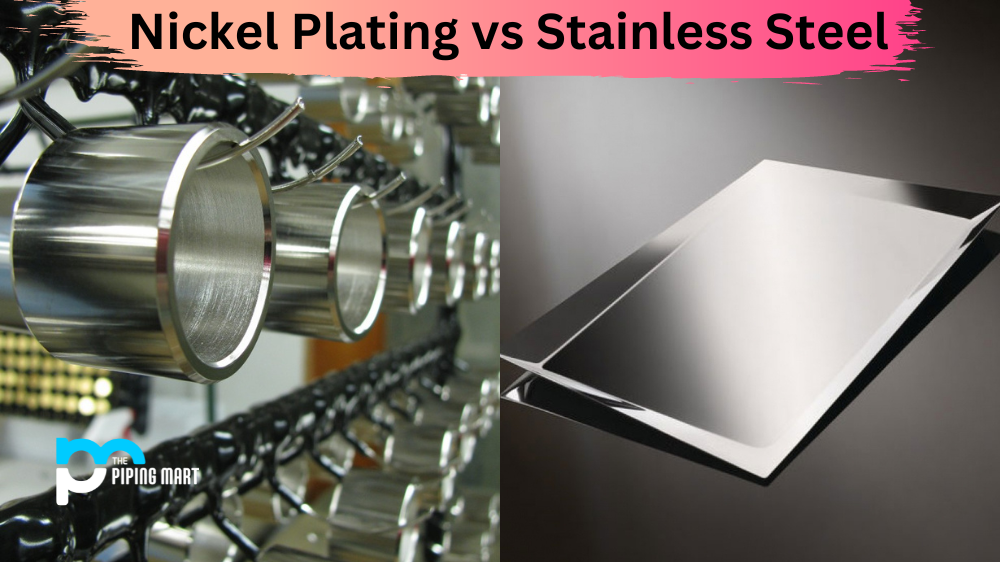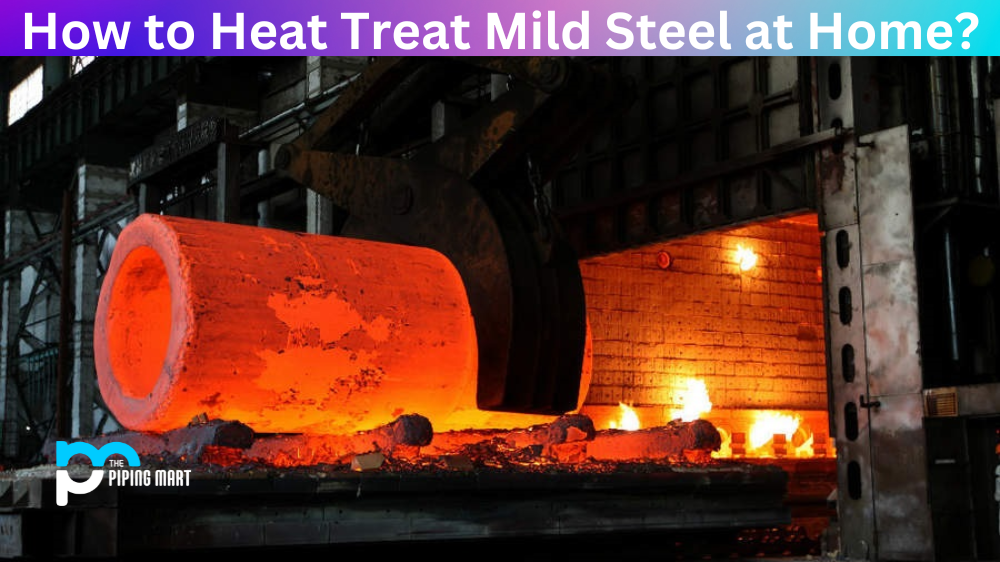As an engineer or industrial worker, you may be faced with the decision of using either nickel plating or stainless steel for your components and machinery. Both have advantages and disadvantages that must be weighed before making a final decision. This blog post will explore the differences between the two in order to help you make an informed decision.
Nickel Plating
Nickel plating is a metal finishing process in which a thin layer of nickel is applied over another metal, usually steel. It is used to provide protection from corrosion, enhance aesthetics, improve solderability, reduce friction, and add hardness. The thickness of the nickel plating varies depending on application needs; it can range from 0.00001 inches up to 0.010 inches thick. One key advantage of nickel plating is its relatively low cost compared to other metal-finishing processes, such as electroplating. Additionally, it can be applied in various colours for decorative purposes. However, like all metal finishes, it has some drawbacks as well, namely that it can chip and flake off over time if not properly maintained or cared for.
Stainless Steel
Stainless steel is an alloy made up of iron and at least 10% chromium, along with other elements such as nickel and molybdenum. It is known for its resistance to corrosion thanks to the chromium oxide layer that forms on its surface when exposed to oxygen in the air. This oxide layer helps protect the underlying metal from further oxidation and gives stainless steel its distinctive lustre and shine. Unlike nickel-plated parts, stainless steel does not require additional coatings or treatments for protection against corrosion since it inherently resists oxidation by forming this protective chromium oxide layer on its surface. In terms of strength, stainless steel offers superior strength compared to other metals due to its high carbon content, which gives it greater tensile strength than even mild steel alloys. Additionally, unlike nickel-plated parts, which can chip over time due to wear and tear, stainless steel cannot chip or break easily due to its superior strength properties – making it ideal for applications where durability is a key concern (e.g., aerospace). However, one disadvantage of stainless steel is that it tends to be more expensive than other metals due to both material costs as well as machining costs associated with cutting/forming stainless into desired shapes/dimensions.
Difference Between Nickel Plating and Stainless Steel
- Nickel plating is a process in which a thin layer of nickel is applied to a metal surface in order to protect it from corrosion.
- Stainless steel is a type of steel that contains chromium, which helps to prevent the steel from rusting.
- Nickel plating is more expensive than stainless steel.
- Nickel plating is more durable than stainless steel.
- Nickel plating offers better protection against corrosion than stainless steel.
Conclusion:
Nickel plating provides an affordable way to protect metallic surfaces from rusting while also enhancing their aesthetic appeal through colour customization options available with different types of coatings available in the market today. On the other hand, stainless steel provides superior protection against corrosion without needing any additional coating thanks to its inherent ability to form a protective chromium oxide layer upon exposure to oxygen in the air, plus superior strength properties compared to even mild steels – however, these benefits come at a premium price point making stainless slightly more expensive option compared to traditional metals such as mild steels & aluminium alloys along with nickel-plated components. Ultimately, the decision about which option would work better for a specific application will depend upon unique requirements & factors associated with said application – ensuring careful consideration & analysis of each option before making a final decision.

Pipingmart is a B2B portal that specializes in metal, industrial and piping items. Additionally, we share the latest information and information about materials, products and various types of grades to assist businesses that are involved in this business.




